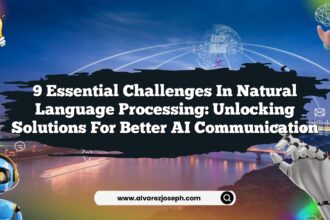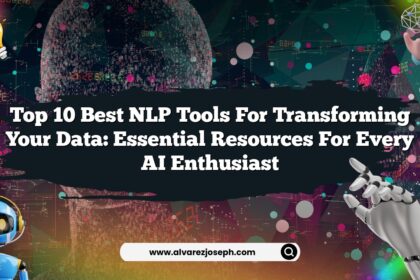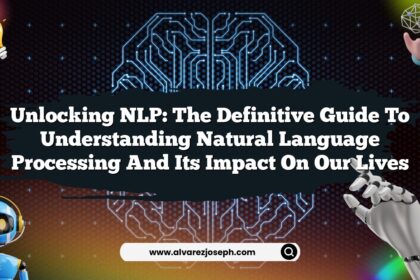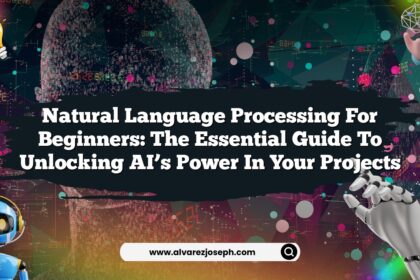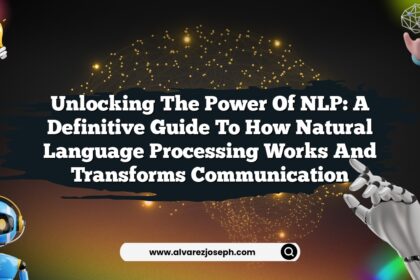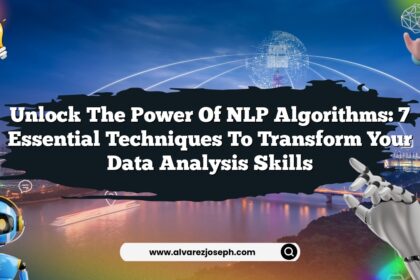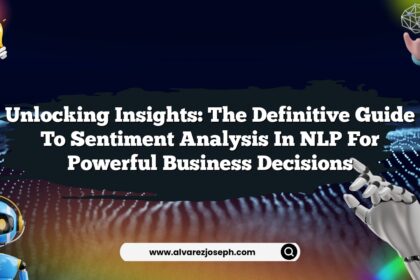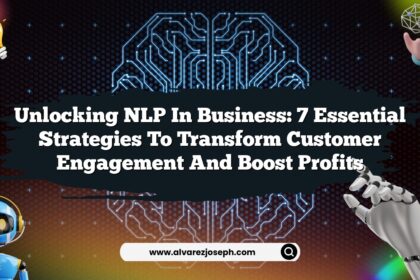In today’s fast-paced digital world, text analysis is the new frontier for insights and decision-making. Imagine sifting through mountains of textual data and extracting actionable intelligence in a matter of seconds. Sounds like magic, right? Well, it’s not—it’s the power of Natural Language Processing (NLP). If you’ve ever wanted to transform your text analysis skills and unlock the secrets hidden within words, you’re in the right place. Let’s dive into the 7 essential strategies that will elevate your text analysis game from novice to expert.
Understanding NLP: The Key to Unleashing Textual Insights
Before we delve into strategies, let’s set the stage. What exactly is NLP? Think of it as a bridge connecting human language and computer understanding. It enables machines to read, interpret, and derive meaning from human language. Simple enough, right? But the real magic lies in how you can harness this technology to extract insights from text.
With the global explosion of data, the need for efficient text analysis is more crucial than ever. Whether it’s customer feedback, social media chatter, or research papers, there’s a wealth of information waiting to be uncovered. And here’s the kicker: NLP techniques enable you to analyze this data quickly and effectively.
But what’s next? How can you effectively implement NLP techniques? Let’s explore seven essential strategies to transform your text analysis skills.
1. Master the Basics: Tokenization and Stop Words
The first step in text analysis is tokenization. Imagine you have a favorite novel. Tokenization is like breaking that novel into individual words or phrases. This process allows you to analyze each piece of text systematically. Once you have your tokens, it’s time to tackle stop words. These are the common words like “and,” “the,” or “is” that clutter your data and add little value.
By filtering out stop words, you streamline your analysis and focus on the terms that matter. For instance, if you’re analyzing customer reviews about a product, removing stop words helps highlight the core sentiments expressed.
But this isn’t where the story ends. What happens next as you dive deeper into understanding the text? Keep reading.
2. Sentiment Analysis: Reading Between the Lines
Have you ever wished you could peek into someone’s mind? Well, sentiment analysis does just that—at least with text. This technique helps you determine the emotional tone behind a series of words. Is the sentiment positive, negative, or neutral?
Consider a scenario where a popular brand launches a new product. By analyzing social media posts and reviews, sentiment analysis can reveal immediate public perception. You can easily identify if the overall reaction is favorable or unfavorable.
Imagine being able to adjust your marketing strategies on the fly based on real-time sentiment analysis! Now that’s powerful. But how do you perform sentiment analysis effectively? Let’s break it down further.
3. Explore Word Embeddings: A New Dimension of Understanding
What if I told you that words can have meanings that go beyond their definitions? Enter word embeddings. This technique converts text into numerical representations, allowing you to capture contextual meanings.
Think of it this way: traditional methods treat words as isolated entities. In contrast, word embeddings understand that “king” and “queen” are related, just as “man” and “woman” are. This relationship is crucial when analyzing text because it helps discern subtleties in meaning.
Imagine analyzing text data from legal documents or scientific research. Word embeddings can highlight relationships or themes that traditional approaches would miss. But how do you get started?
4. Employ Named Entity Recognition (NER): Spotlight on the Important Terms
Have you ever skimmed through an article and wondered, “What are the key players involved?” That’s the essence of Named Entity Recognition (NER). This technique helps identify and categorize key entities in the text, such as names, organizations, and locations.
Imagine you’re managing a marketing campaign. By employing NER, you can quickly identify mentions of your brand, competitors, or relevant influencers in articles, blogs, or social media. Knowing who’s talking about what can help you tailor your strategy effectively.
But, you might wonder, how accurate is NER? Well, accuracy can fluctuate based on the context and quality of your data. The more you refine your model, the better your insights will be.
5. Natural Language Generation (NLG): Turning Data into Stories
Have you ever wished analysis could also generate a report for you—automatically? That’s where Natural Language Generation (NLG) comes into play. This powerful technique converts structured data into coherent narratives.
For example, imagine a business intelligence tool that automatically summarizes sales performance. Instead of sifting through spreadsheets, NLG generates a clear, concise report revealing insights at a glance.
The beauty of NLG is that it not only saves time but also provides a human touch to data interpretation. Who wouldn’t love to cut down on report-writing hours? But how do you ensure that the generated text resonates with your audience? Keep reading for essential tips!
6. Leverage Topic Modeling: Discovering Hidden Themes
Imagine you have a treasure map filled with intriguing clues. Topic modeling is akin to that map, helping you uncover hidden themes within vast amounts of text. This technique identifies abstract topics in a collection, grouping similar documents based on their content.
For instance, if you analyze a collection of customer reviews, topic modeling can reveal recurring themes like “product quality,” “customer service,” or “delivery speed.” By understanding these themes, you can significantly enhance customer satisfaction and address pain points effectively.
But how do you choose the right topic modeling technique? From Latent Dirichlet Allocation (LDA) to Non-negative Matrix Factorization (NMF), various models offer unique advantages. The key is to experiment and see which techniques yield the most valuable insights for your data.
7. Visualization: Transforming Data into Pictures
Finally, let’s talk about visualization. Have you ever seen a fantastic infographic that made complex data seem simple? Visualization is your answer! Presenting your textual analysis visually—through charts, graphs, or word clouds—makes the insights more digestible and engaging.
Imagine presenting research findings to your team. A well-designed visualization can quickly communicate trends and results, making your data impactful. Tools like Tableau, Power BI, or even simple libraries in Python can help you create stunning visuals effortlessly.
But remember, the goal is not just to make pretty pictures; it’s to convey a story that resonates and informs your audience.
Quick Summary
- Tokenization and Stop Words: Break down text to analyze effectively.
- Sentiment Analysis: Determine emotional tone behind words.
- Word Embeddings: Capture contextual meanings of words.
- Named Entity Recognition (NER): Identify key players in text.
- Natural Language Generation (NLG): Automatically create narrative reports.
- Topic Modeling: Uncover hidden themes in text.
- Visualization: Transform data insights into engaging visuals.
Frequently Asked Questions
What is NLP and why is it important?
NLP is a branch of AI that focuses on the interaction between computers and human language. It’s crucial for extracting insights from vast textual data.
How can sentiment analysis benefit my business?
Sentiment analysis helps gauge customer opinions, enabling businesses to make data-driven decisions and adjust strategies quickly.
What are word embeddings?
Word embeddings are numerical representations of words that capture contextual meanings, allowing for deeper text analysis.
How does named entity recognition work?
NER identifies and categorizes key entities in text, such as names, organizations, and locations, aiding in focused analysis.
Can NLG replace human report writing?
While NLG automates report generation, it still requires human oversight to ensure the text is relevant and resonates with the audience.
What tools can I use for text analysis?
Several tools, such as NLTK, SpaCy, and TensorFlow, offer robust functionalities for different NLP tasks. Experiment with them to find what suits your needs best.
Embrace these strategies, explore the possibilities, and start transforming your text analysis skills today! After all, the journey of a thousand insights begins with a single word.




